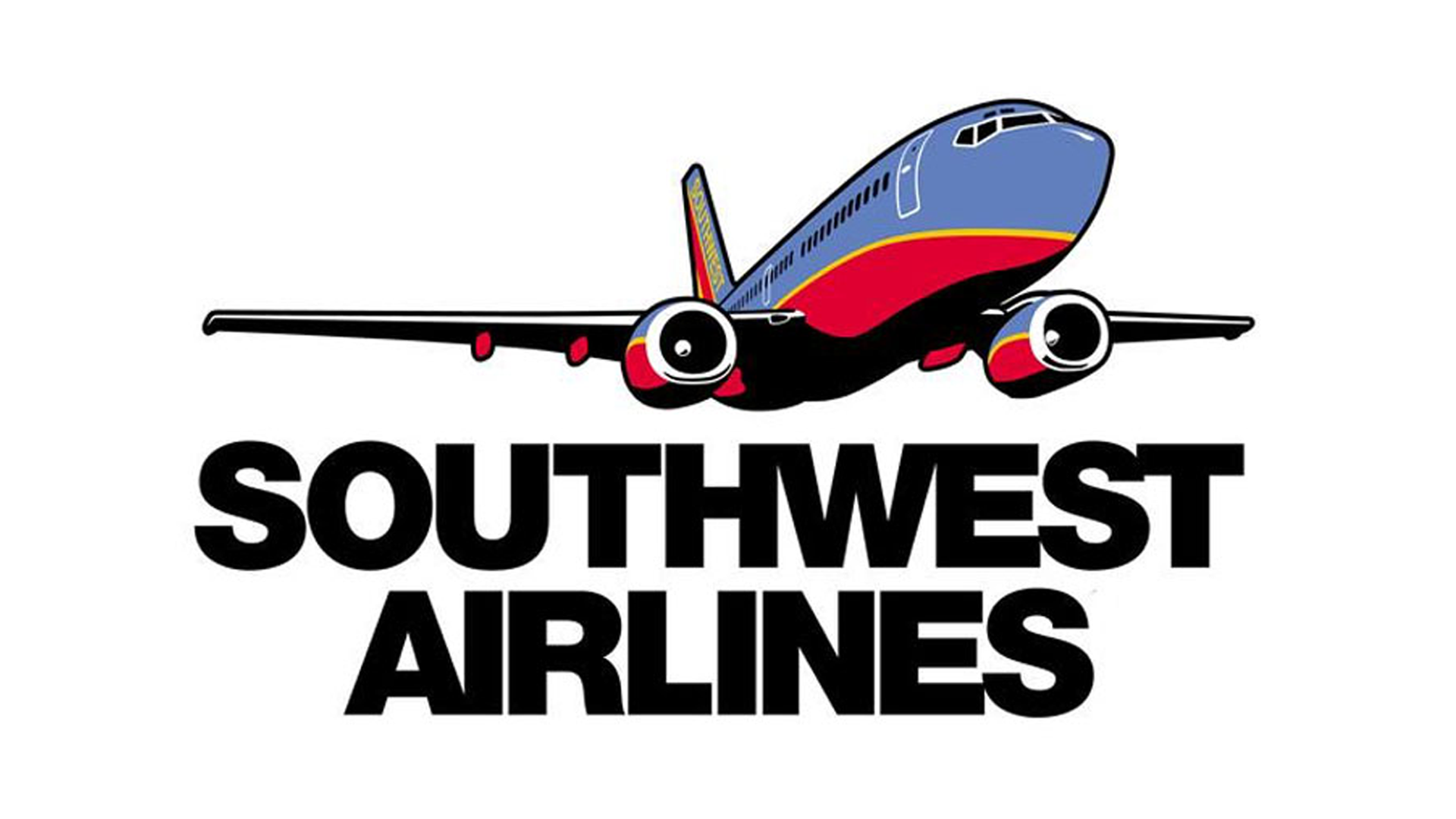A guest blog by Joe Leader, Ph.D. (ABD), Vice President of Preference Management Practice from PossibleNOW.
The world revolves around customers and their preferences. In fact, the average consumer spends nearly three times more when their relationship is built on customer preferences. In case you missed us at the Loyalty360 Engagement Expo in Dallas, I spoke alongside Southwest Airlines Director of Rapid Rewards Jonathan Clarkson in a session entitled “How Customer Preferences = Loyalty + Revenue.”
Southwest has proven for more than 40 years how focusing on valued customers and their preferences generates both deep loyalty and ample revenue. As one of the most customer-centric companies in America, the airline hosts workshops teaching other companies across industries their people-centric philosophy. During our session, Jonathan shared some keys to successfully applying this philosophy to his customer loyalty initiatives, for which the mantra is “if it ain’t broke, then make it even better.”
Southwest is continually enhancing its Rapid Rewards program by placing customer input and preferences at the center. Jonathan illustrated specifically how:
- The introduction of the latest program changes were viewed as positive by many, disliked by some, but due to the adoption of a truly customer-centric approach, the resulting metrics proved to signficantly surpass company expectations.
- Southwest’s careful integration of AirTran’s A+ Rewards loyalty program keep travelers loyal across both brands.
- Southwest.com’s My Preferences section has made a critical difference in delivering a seamless online-to-flight experience by treating customers as individuals.
Southwest is a nimble, customer-centric organization. Managing customer relationships in a manner that perfectly aligns with preferences at every customer touch point has given the airline a tremendously loyal following and revenue results that are the envy of the airline industry. Any company that performs direct marketing (phone, email, mail, fax, text messaging) or needs to service a consumer base can transform itself by emulating Southwest’s approach. It’s a three-step process:
- Overcome the hurdles of collecting customer preferences, from preferred contact method to the frequency or type of communication to privacy options.
- Leverage existing infrastructure, i.e., marketing databases or CRM systems, to make preference management work across your organization, accommodating all marketing channels. The creation of a single view of a customer or prospect’s contact and privacy preferences will eliminate “silos” of data.
- Put effective one-to-one marketing into action by marketing to a consumer’s preferences.
One marketing strategy focused on effectively engaging consumers in a one-to-one, personalized, preference-driven manner is SmartVideo. In the proof-of-concept example created for Southwest (and demonstrated during our session) at right, customer preferences culiminate into a unique “onboarding” video tailored not only to the individual passenger with flight specifics (i.e., departure gate, arrival time, boarding time, check-in time), but also to a holistic travel experience for that passenger (i.e., hotel, rental car, rapid reward points, special offers). By engaging customers in such a personalized, informative and entertaining way, Southwest delivers a differentiated and memorable brand experience that boosts customer satisfaction and keeps ’em coming back.
Proper customer preference management has proven to increase customer satisfaction by up to 80%. To achieve this, and as shown in the above video, customer experiences need to present the right information in the right way at the right time. It’s not about simply having your customers on the email or direct mail list; they want to feel like the world is genuinely revolving around them as an individual. Online behavioral tracking techniques have advanced to a space-age level where the customer can be stalked like prey by marketers. Combining that insight with the best practice of asking prospects and customers the right questions is what enables truly powerful loyalty marketing.





![The SaaS Pulse Show [Podcast] featuring SundaySky CEO Marc Zionts](https://sundaysky.com/wp-content/uploads/2025/01/SaaS-Pulse-Show-png.webp)
![B2B Marketers on a Mission [Podcast]: How Video Uplevels Every Part of the Customer Journey](https://sundaysky.com/wp-content/uploads/2025/01/B2B-Marketers-on-a-Mission-png.webp)